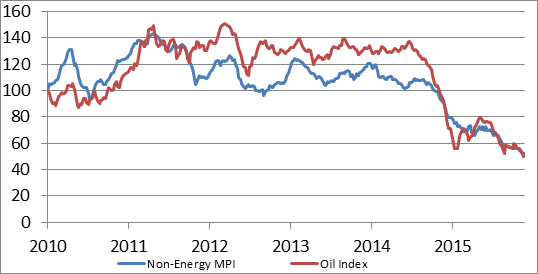Here again, oil is once more like "just another commodity," as producers of other commodities are struggling with the same issue — whether to cut production and reduce their market share to bolster price — or maintain output.
"Why should I make cuts" and make room for higher-cost rivals to step in?, asked a senior executive of one of the major mining companies. No longer does Saudi Arabia want, as Saudi Aramco chairman Khalid al-Falih said recently, to provide an insurance policy "free of charge" for higher-cost producers. In the face of the market fundamentals, he added, "The only thing to do now is to let the market do its job."
After the price collapse, the new U.S. shale-oil industry has proved to be more resilient than many had anticipated, as companies found that they could be much more efficient. In fact, U.S. output continued to increase through April. According to the IHS Oil Performance Evaluator, which tracks U.S. production down to the individual well, a dollar spent this month in the U.S. oil patch will be 65 percent more efficient than in 2014.
But efficiency is not enough to hold off the impact of lower oil prices. As companies struggle to cut budgets and, in some cases, to survive, U.S. oil production is now on a downward trend from that high point last April. By next April, we estimate it will be about a million barrels a day lower than April 2015. Around the world, projects are being postponed, drawn out, or simply canceled. All of this will show up in the future oil balance in years ahead.







